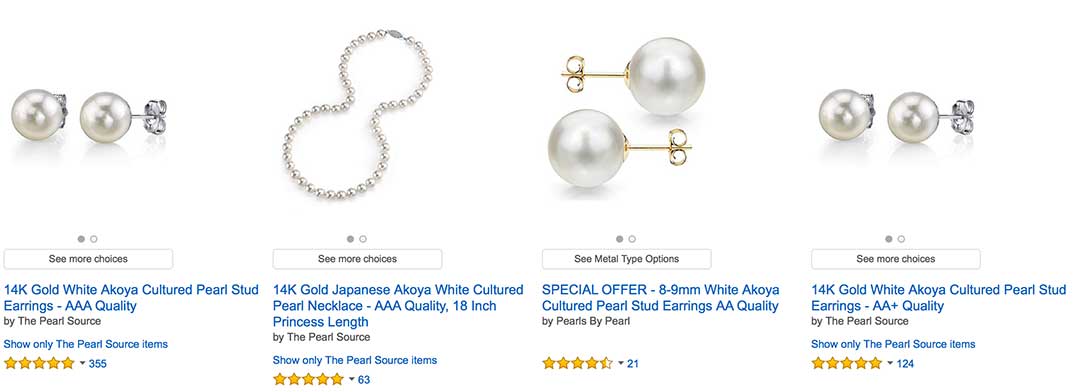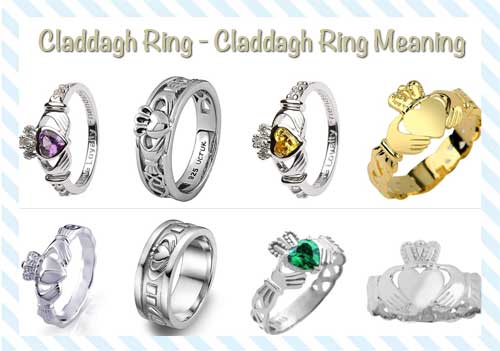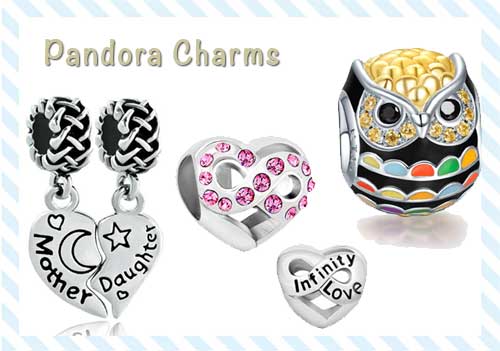What Are Akoya Pearls?
When it comes to saltwater pearls, Akoya embodies the traditional pearl necklace better than any other. These pearls are some of the most highly regarded in the world and with reason. However, there are some things you should know before you buy. Akoya pearls are known for their high luster and their consistently round shape. In fact, they are the epitome of the classic pearl. They are usually white or cream with rose, silver, or ivory overtones – perfect for necklaces, which is they have been so popular. This type of pearls is usually on the smaller side of the spectrum with an average size of 2-11mm.

Akoya pearls were first cultivated by Kokichi Mikimoto in the 1920s and for many many years, they were a purely Japanese product. These days, things are changing and Akoya pearls are now being farmed in other countries such as South Korea, Vietnam, Australia, and China. In fact, China is now Japan’s main competitor and the quality of their pearls is getting better all the time.
As a consumer, it’s great to have options, but this has caused a lot of problems for struggling Japanese pearl farms. Their solution has been to import pearls from China and string them together with Japanese pearls so that they can be labeled a Japanese product. Though each hank of pearls is inspected to maintain high-quality standards, the truth is that many Akoya pearl necklaces contain a mix of pearls from various countries.
This practice has made the term ‘Japanese Akoya pearls’ obsolete and in fact it is no longer allowed as an industry standard term. Retailers don’t have control over what they get either – most are honest and will tell you the origin if you ask but some will guarantee 100% Japanese Akoya pearls and this is false. Japanese pearl farms sell only to factories, not to retailers, so there is no real way to know.
Regardless of origin, Akoya pearls are highly regarded. The competition in the industry, while leading to some ‘interesting’ practices really means that in terms of quality the consumer wins. One clue to look for – Japanese farms focus on the larger end of the size scale while Chinese generally produce smaller pearls so that’s one way to differentiate between the two.
Though every Akoya is beautiful, there is one more level of quality within Akoya, called Hanadama. Hanadama pearls are the absolute cream of the crop and must undergo certification by the Pearl Science Laboratory of Japan before they can be designated as Hanadama. The qualifications are as follows:
- The nacre depth must be greater than .40 mm on any tested pearl – pearls within a strand are tested at random.
- The cluster analysis (what is called the term-value) analysis must be very strong.
- The analysis should slow only very slight imperfections.
There are no pearls with a perfect surface and the Pearl Science Laboratory never gives out a zero imperfection grade. This is because each pearl is unique and as an organic gem are guaranteed to be imperfect. However, imperfections in Hanadama will be very hard to spot and they may even seem absolutely perfect without rigorous testing.
One very important thing to keep in mind when buying Hanadama is that the certificate must accompany the strand for it to be genuine. Also, these pearls are the best of the best out of each Akoya harvest so if someone claims to sell pearls that are “better than Hanadama” don’t fall for it! It’s just not possible. If they really were better they would have made the grade!

However, you do need to keep in mind that there will most likely be a mix of Chinese and Japanese pearls on any given strand so don’t be fooled. Also, keep in mind what to look for if you want Hanadama pearls. I hope this helps and good luck!

 Claddagh Rings
Claddagh Rings